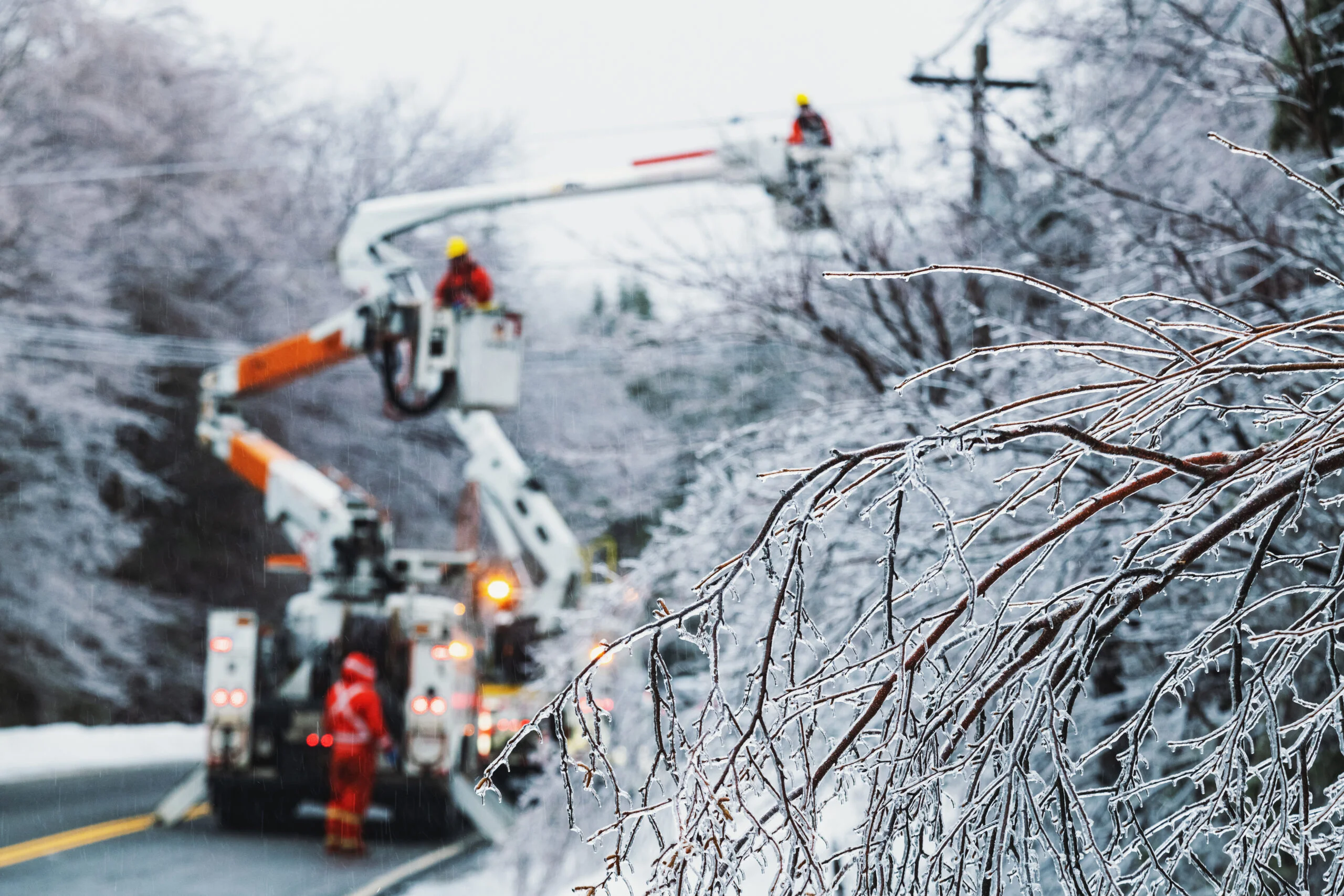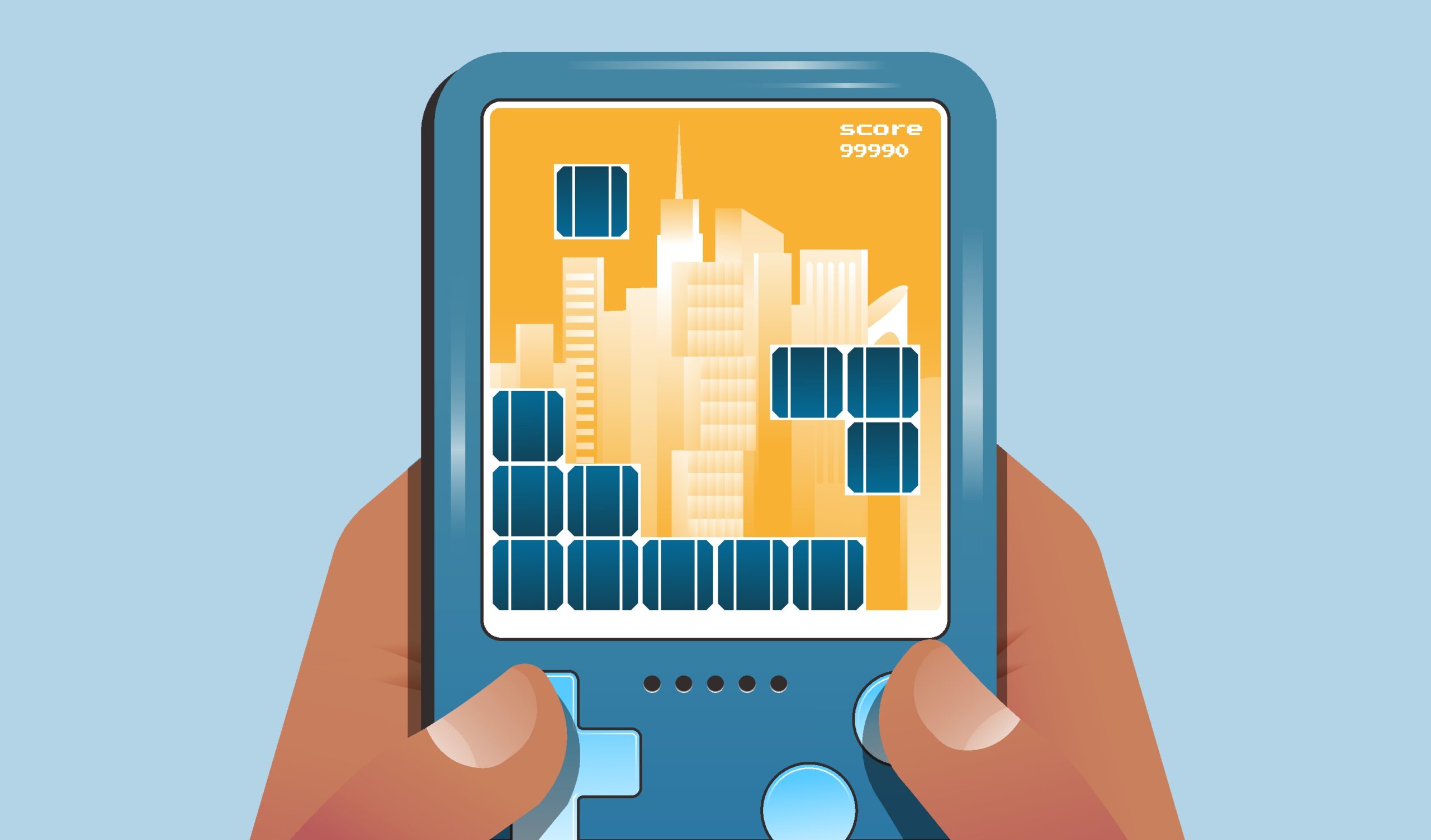Rising demand and grid reliability remain top concerns in 2025 for the energy sector, driven by energy-hungry data centers and AI, electrification efforts, and the volatile weather patterns and temperature extremes caused by climate change that damage infrastructure and/or increase demand. To meet this demand, the Department of Energy (DOE) has called for an increase in national virtual power plant capacity from the current 30-60 GW of VPP capacity to 80-160 GW by 2030. As it stands, most of all existing VPP capacity in the U.S. is courtesy of demand response. Like any other demand flexibility programs including EV charging and BYOD programs, the efficacy of any demand response program lies in any utility’s greatest asset: its customers.
What Utility Customers Want
As a naturalized monopoly, U.S. electric utilities haven’t historically needed to focus on customer marketing. That’s why last year, the Smart Energy Consumer Collaborative (SECC) conducted a survey entitled Modern Energy Messaging: Transactions to Relationships, to determine better the types of messaging that best resonates with customers. The report showed that 51% of customers seek information about their electricity rates and energy management directly from their electricity provider. Likewise, consumers prefer simple, easy-to-understand information delivered concisely and conveniently. Lastly, the SECC found that customers are primarily motivated by the monetary benefits that programs like demand response provide, although a high percentage of customers support demand flexibility for altruistic reasons.
– Amber Mullaney, VP of Marketing, Virtual Peaker
Customers are understandably concerned over rising rates, as the average cost of electricity rose from 15¢ per kWh in 2022 to 16.7¢ in 2025, an 11.33% increase in just three years. That’s why utilities have worked to increase their demand response presence, which serves as a useful mitigation to rising demand while defraying the high costs associated with peak energy market purchases. For example, during the summer heat waves in 2024, many utilities turned to virtual power plant strategies like demand response to help cut costs and enhance grid reliability. Ultimately, what the SECC report demonstrates is that customers want simple and effective communication from their utility providers, particularly as it pertains to their personal savings.
Why Demand Response?
As an aggregate conservation tactic, demand response helps utilities decrease usage during peak periods of demand. Doing so lowers the necessity to deploy dirty and expensive peaker plants, decreases the need for peak energy purchases, and defrays the high costs associated with costly grid upgrades. Data from 2022 indicates that more than 10m residential customers were enrolled in demand response programs, which ultimately yielded over one terawatt-hour of residential energy alone. This illustrates the overall value of demand response to utilities, while in turn underscoring the load-shifting potential that strengthens grid resiliency. For now, more than 25 million Americans own smart thermostats, providing increasing opportunities for customer participation.
How It Works
Demand response leverages distributed energy resources (DERs) like solar, battery energy storage systems, electric vehicles (EVs) and EVSE chargers, and smart home devices like thermostats and water heaters. Through the use of a Grid-Edge distributed energy resource management system (DERMS), utilities can aggregate these behind-the-meter resources to shift load to off-peak hours of demand.
Especially through the use of Topline Demand Control—an innovative combination of AI, Grid-Edge DERMS, forecasting, and model predictive control that optimizes behind-the-meter DER assets to guarantee the requested energy outcomes—utility program managers can bank on a reliable energy outcome every time. What that means is that utilities can run their programs securely in the knowledge that the load they wish to shift is accurately performed, using AI tools to inform the exact energy outcome requested by grid operators.
Getting Started
Whether starting or scaling a demand response program, utility program managers need a plan. First, identify why you need a demand response program. Is it to meet a regulatory requirement? Are you offsetting costs as part of a time-of-use (TOU) or energy arbitrage strategy? Is it to strengthen grid resiliency? There are numerous paths to answering this question, but consider first operational needs, and then what may best resonate with customers.
Next, determine the optimal device partner or partners that you may consider working with. Perform market research to understand the best-selling or most common smart devices in your area, and work toward centering a program around whatever that might be; the more people with the device and device type you need, the more potential people to grow your program. Consider partnering with local contractor networks, to help build a direct rapport with customers.
Last, understand the motivations of your customers. What moves them to participate? Are they interested in savings, helping their community, or climate change mitigations? Learning what concerns your customers and members is crucial to developing the support required to grow any demand flexibility program.
Messaging Matters
Language matters, whether that’s in how information is communicated or received by customers. For the layman, demand flexibility programs may prove confusing. Anecdotally, customers may have reasonable concerns over what they believe is ceding device control to their utility, in turn locking them out of the decision-making process in their own house. Still, with much misinformation regarding renewable energy programs and climate change, simplifying the messaging and allaying customer concerns using bipartisan language is crucial in securing customer buy-in.
A Personal Touch
Another way to build rapport is to personalize your messaging. For example, did you know that personalized emails often have a 29% open rate and 41% clickthrough rate? Those are incredibly high engagement numbers that indicate the willingness of your customers to not only receive and understand your messaging but also to take action to support their interests. According to McKinsey, companies that employ personalization in their messaging efforts generate 40% more revenue.
All of this is made easier through the use of customer engagement software, which can help with this process by providing an opportunity to speak directly with customers, both altogether or individually as needed. In fact, some customer engagement tools provide program messaging automation, which provides utility program managers with the capacity to craft compelling messaging templates and automate their outbound efforts.
Customer Feedback & Competitor Analysis
Listening to customers and comparative analysis are both useful tools in determining your ideal messaging strategy. Is your demand response program growth stalled? Perhaps you aren’t reaching people through the right marketing channels or you’re working with the wrong OEM partner for your audience. Educating your customers is crucial to bringing them on board, so follow up with customer feedback both to establish your messaging as well as while to continue to hone your marketing efforts. Likewise, while comparing your customer programs to successful customer programs at other utilities may not be an apples-to-apples comparison, it is useful in demonstrating potential angles for how you may wish to run your demand response program.
Post-Marketing Analytics
Relative to customer feedback, make sure to check your work. First, identify the metrics that define the success of your demand response program. Once completed, set regular review periods to test the efficacy of your messaging and outreach efforts. For example, you might want to know how many impressions you’ve received on social media, how many customers opened enrollment emails, or how many customers participated in a demand response program during grid events. All of these metrics will help demonstrate the successes and pain points of any program.
How To Message For Your Demand Response Program Conclusion
Demand response programs are a time-tested and proven conservation strategy that can not only help increase the aggregate U.S. VPP capacity but defray high peak energy costs and enhance grid resiliency. However, these programs are only as effective as the number of willing participants; reaching those customers is paramount in developing greater load flexibility. According to Deloitte, brands with human-centered strategies are more successful at building the customer connections necessary to develop any brand. This applies equally to utilities, who stand to mutually benefit from demand response programs both in the savings and energy security passed on to customers.





